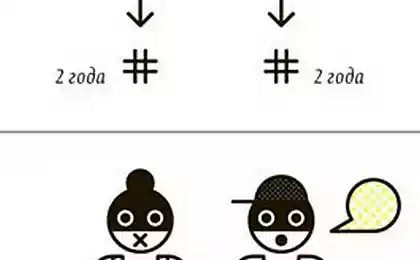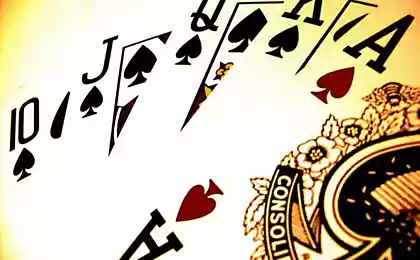354
The Main Rules of Texas Holdem

Buttons and blinds
When a non-playing dealer is used in poker games, the dealer button is used to indicate the person who will play from the dealer’s position. This player will be the last to be dealt cards and will have the last chance to bet after the first round https://pokermatch.com/en/poker-rules/20161103/Pravila-pokera. After each hand, the dealer’s button will rotate clockwise, just like when handing cards according to standard poker rules.
The minor blind is the first player to sit to the left of the dealer. This player is required to place a bet before players see their cards equal to half the small bet limit at the table.
The big blind is the second player to the left of the dealer; the player to the left of the small blind. This player is required to place a bet before players see their cards equivalent to a small bet at the table.

Rules for the use of blinds
- All minimums and betting increases are set for the table before the game starts, regardless of which version of the poker rules is used. In the event that the player has to make an all-in from the blinds, this will not change the limits for the table.
- All players are required to make the necessary blinds in each round of the game. This can be done in the traditional way, as well as using moving or dead blinds. With a moving blind, there may be more than one large blind for each hand. With a dead blind, a small blind or dealer button can be placed in a vacant place to make sure the big blind is positioned correctly.
- If the game is reduced to head-up, the dealer will also be a small blind.
- Players in small and large blind positions are allowed to raise their bets as soon as their turn comes. Although a big blind is considered a full bet, they are still allowed to up the bet even if another player made an all-in with a raise that was below the table limit.
- If a new player decides to let the button pass without an exhibition, he will only need to pay a large blind when he enters the game, unlike a player who misses the blind.
- In new games, the player who plays the button will have to make up for any missed blinds as he is considered active.
- New players coming in after the game starts can either wait for the big blind to reach its spot or pay a minimum bet to get the hand right away. In some games, such as lowball, the amount deposited to get a hand is doubled compared to the big blind, or the player must wait for the blind to reach his seat at the table.
- Players cannot change seats at the table to avoid paying blinds. However, players can change places if the blind has not yet moved to a new position. The player is allowed to move closer to the blinds without being forced out of the game, but those who move away from the blind position will be forced out of the game until the blinds move the same distance from their original location. The only exception to this rule is a lowball game where a blind can pass once without a penalty.
- In limit games, unless the rules of the table provide otherwise, bets "Straddle" are not accepted.
- Players playing in excess of the norm are treated as new entrants to the game and must wait until the big blind reaches their position, or deposit the amount of blind to get the hand immediately.
- Players cannot be added to the table and get a hand in the small blind position. They must wait until the button passes their position before they can take part in the game.
- A big blind is considered the player’s initial bet. When it is their turn in the first round of betting, they can raise the bet if they want.

A wide range of gambling entertainment with good chances of a real win
If you knew your ex was in trouble, would you help him?























